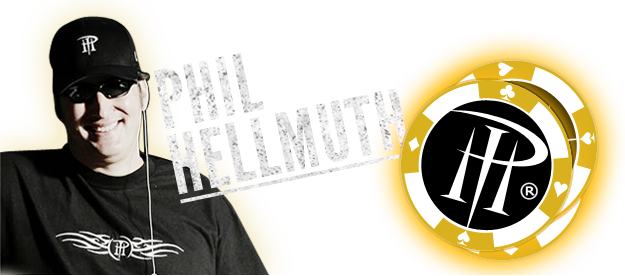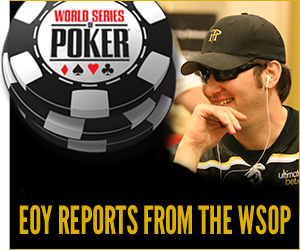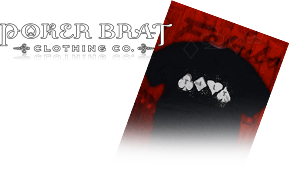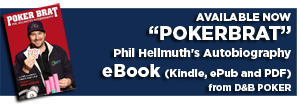-
Knowing When to Fold ‘Em
On Saturday, April 8th, 2000, I did what I hadn’t been able to do for two years: I won a poker tournament. While a year or two drought happens to all the best players in the world, it’s always nice when the dry spell is over.
On my path to victory, the following two hands came up at the final table of the $1,500 buy-in no-limit Hold’em event at the World Poker Open. Both pots were played against a very tough no-limit Hold’em player named David “the Dragon” Pham, and, in combination, the two pots illustrate that you should sometimes fold the best hand in a no-limit Hold’em tournament.
In pot number one, the antes were $100 a man and the blinds were $400-$800. I raised the bet to $2,800 with Kd-10d in my hand, and David called in the big blind with Qc-9c. (For those unfamiliar with Big Blind terminology, David only had to put in the $800 big blind amount to call.)
The flop was 10h-Jc-Js, and I bet out $3,500 with my two pair. David hesitated for a while and called the bet with his open-ended straight draw (he needed a king or an eight to complete the straight). I figured his hand was weak by the way he acted during his call of my $3,500 bet.
The fourth card off the deck was the 4c, making the board 10h-Jc-Js-4c, and giving David a flush draw along with his open-ended straight draw. Feeling strongly that he had a draw, I now bet $10,000, trying to win the pot right then and there, but after about 30 seconds, David decided to move all in for about $30,000 more.
I began to study him and think about the consequences of my next move. If I were to fold, then I would still be in second place in chips and still have an excellent chance to win the tournament. If I called and lost the pot, then I would have a short stack and be in bad shape for the hands to come. But if I called and won the pot, then I would have over half of the chips and be unstoppable.
I was reasonably sure that David had a big draw by the way he had acted throughout the hand, but what to do about it wasn’t quite clear yet. Finally, I decided to fold because I would have a better opportunity to invest all of my chips soon enough. Why risk the whole tournament on one hand? So I folded, and David showed me his big quasi-bluff (he could still have hit a club, a king, a queen, or an eight to win).
Six players were left during the second hand that we played, and David opened for $3,500 holding 8-8. I had A-A, and raised the pot $7,500 more (with $11,000 to go). After about 20 seconds, David moved all-in for about $40,000 (I had $35,000 total). Of course, I called with my A-A. After the flop came (Ah-10h-7h), I had trips, but given that one of David’s eights was a heart, David had also done well for his hand when those three hearts hit the board. All he needed was one more to make a flush. Then an eight hit on the last card and there was some excitement in the crowd. In the end, my hand held up.
That pot held over half of all the chips still in play in the tournament, and I went on to win my first poker tournament of the new millennium.
Throwing away what turned out to be the best hand — my Kd-10d — had set me up to be a 4.5-to-1 favorite later on with my pocket aces. Sometimes, throwing away the best hand can be the right thing to do, especially if you feel that you’ll have a better opportunity to prevail later on.
Related Posts
- ‘High’ Stakes Poker
- Going for the Big M in Monte Carlo
- Still Doing Monte Carlo in Style
- Doing Monte Carlo in Style
- Hot Streak Freezes With a Cooler
- Chan Goes Down in the TOC
- Tournament of Champions
- Nice Guy Flushes Hellmuth’s Victory
- No-Limit at Roddick’s House
- Leaving 14 Dimes in the Sand
Recent Posts
- WSOPE 2nd place finish
- Update from this years WSOP 2019
- Happy Holidays! Updated stock at Poker Brat, new book!
- Phil Hellmuth wins historic 15th World Championship!
- Final golden ticket winner coming soon
- Poker Brat – The Phil Hellmuth Jr. Autobiography
- Phil Hellmuth’s “Pokerbrat” – Coming soon to audio book!
- Poker Night in America – Sugar House Casino
- Sugar House w Matt Glantz
- Lost and found

 ™
™








